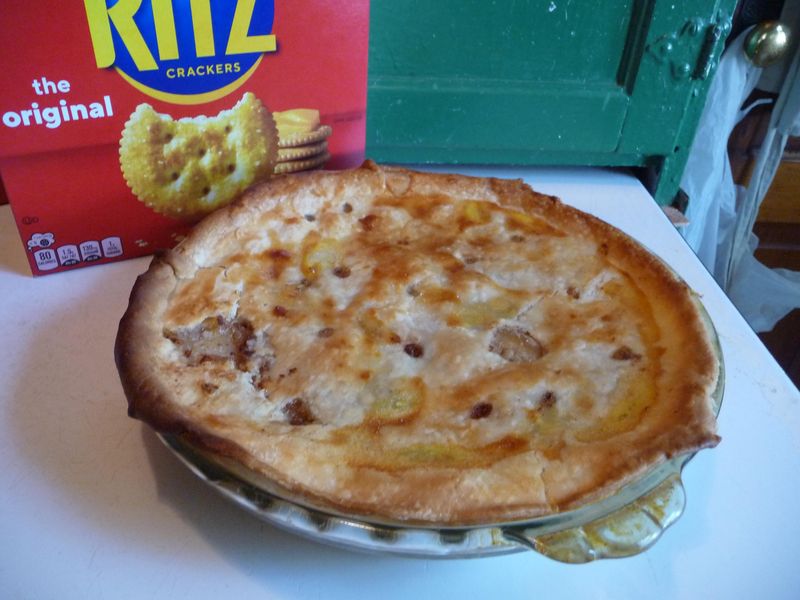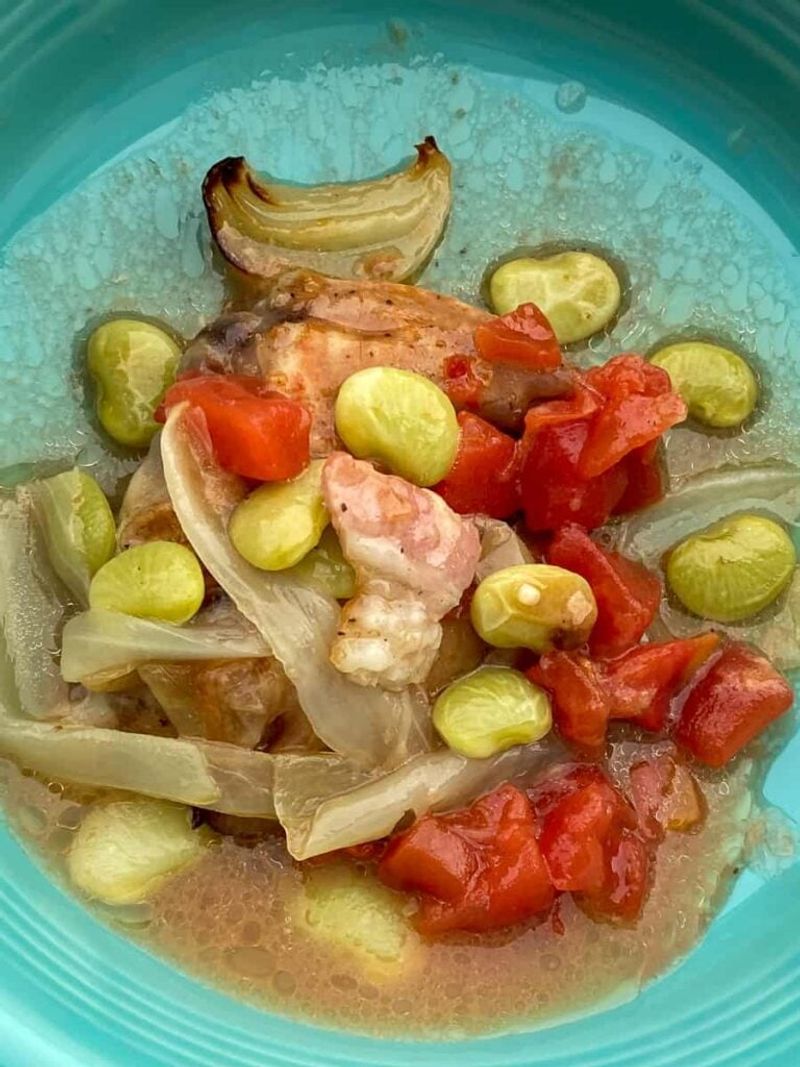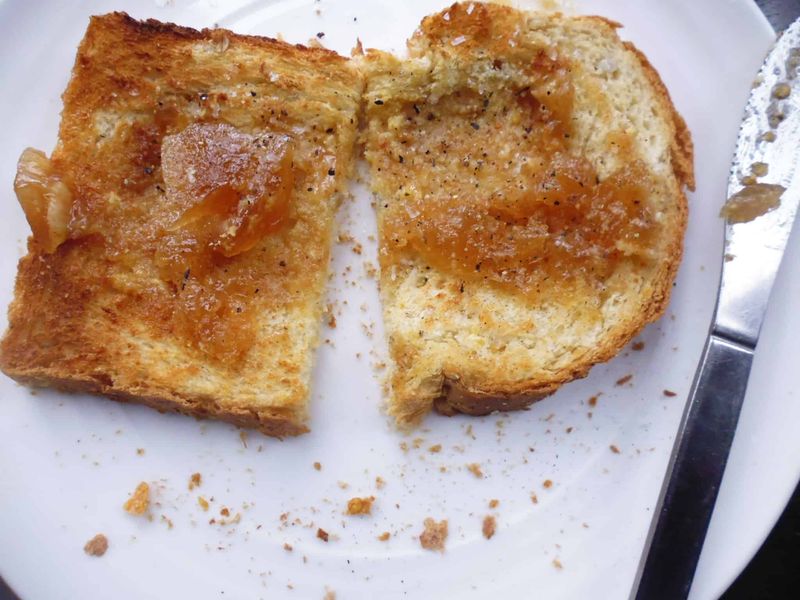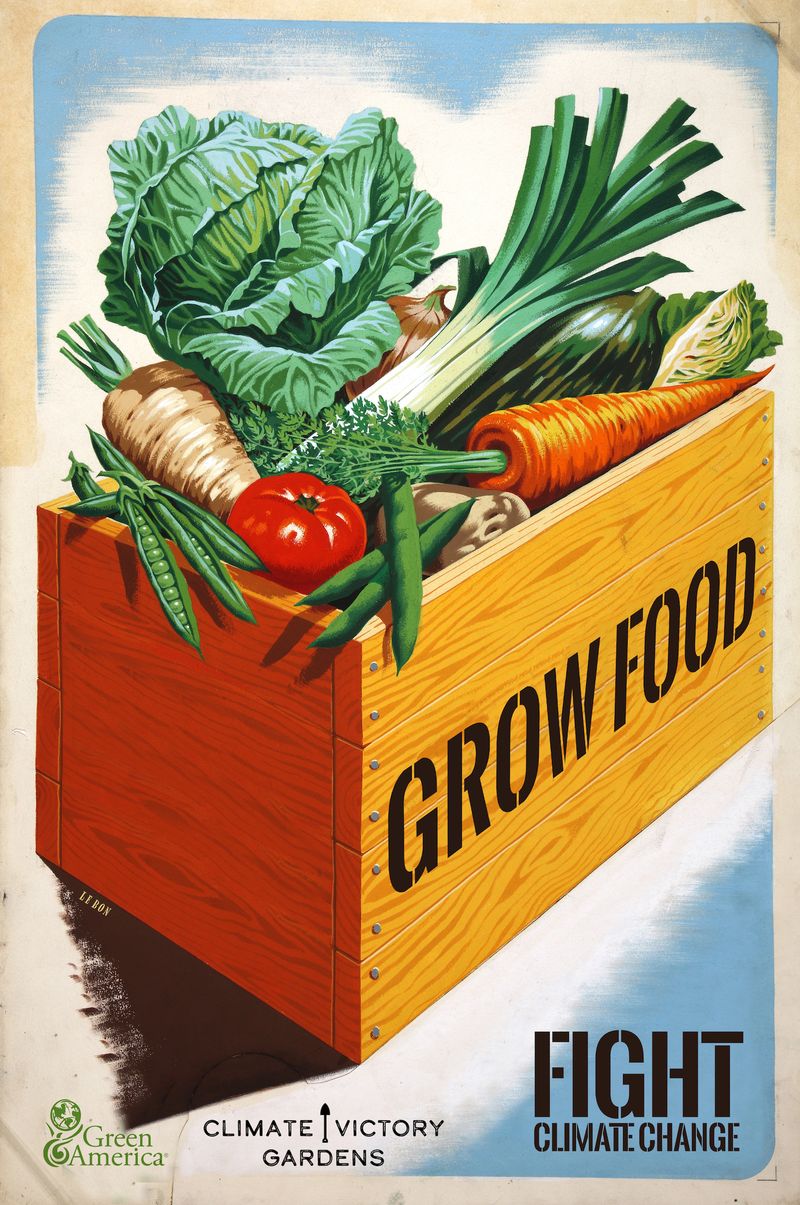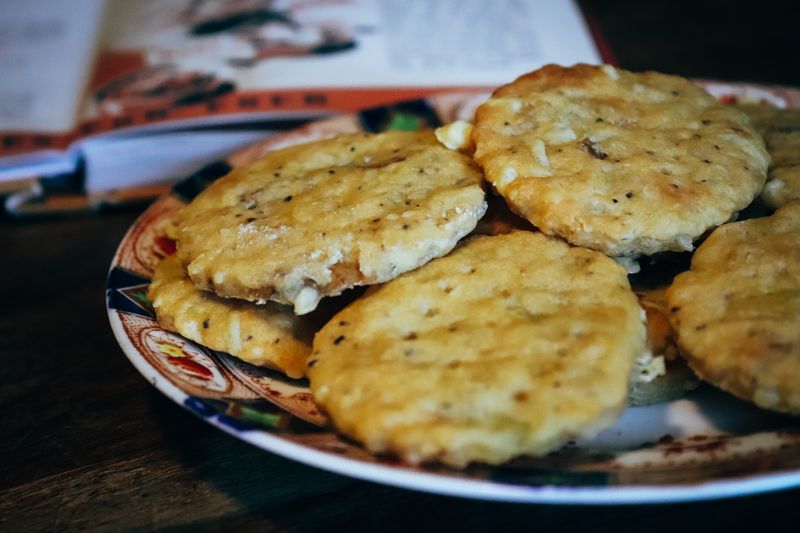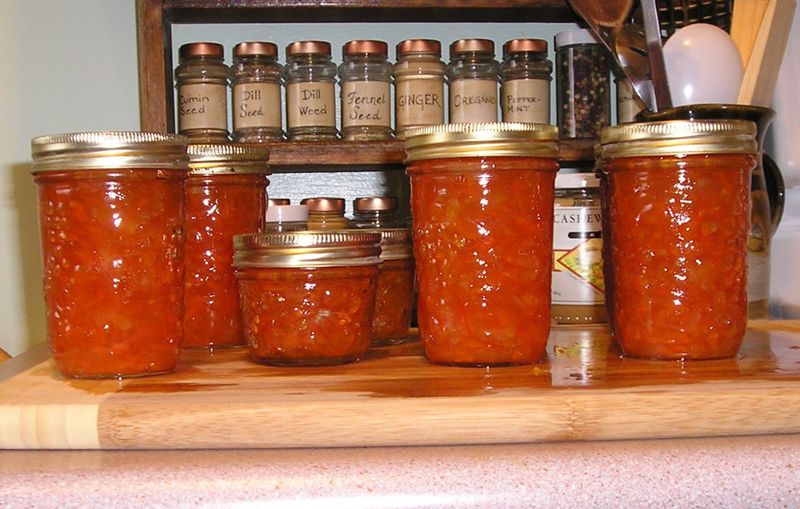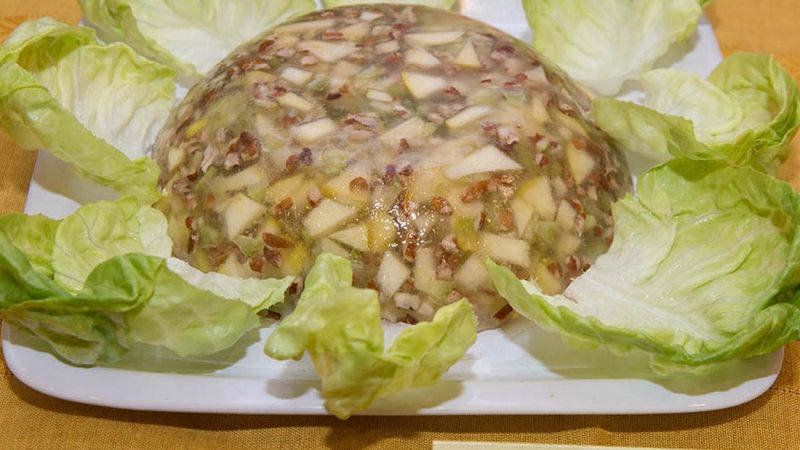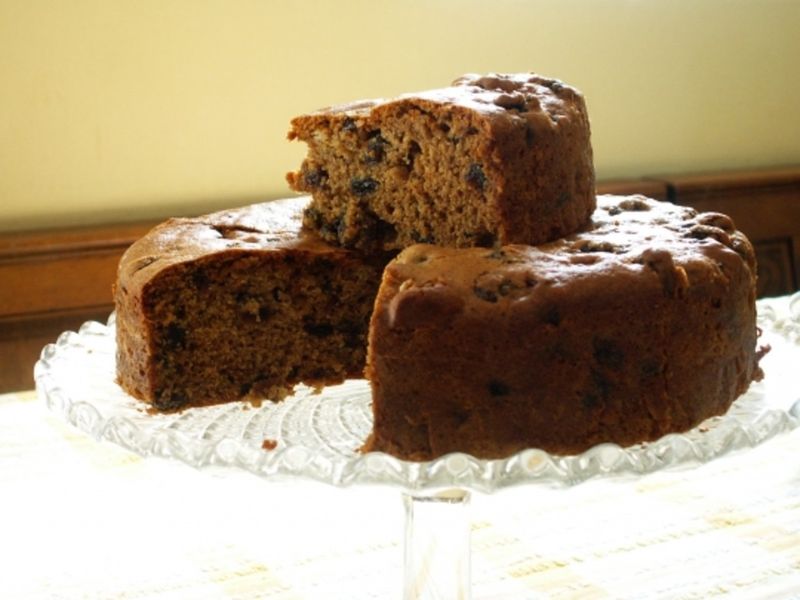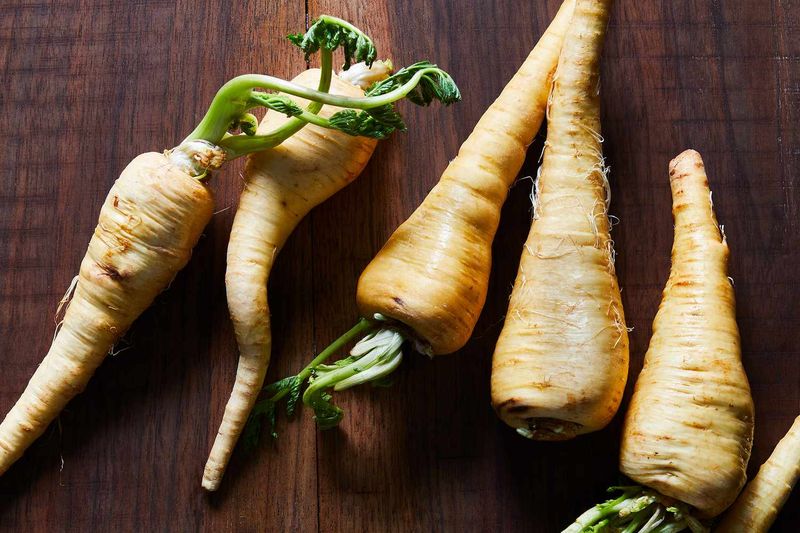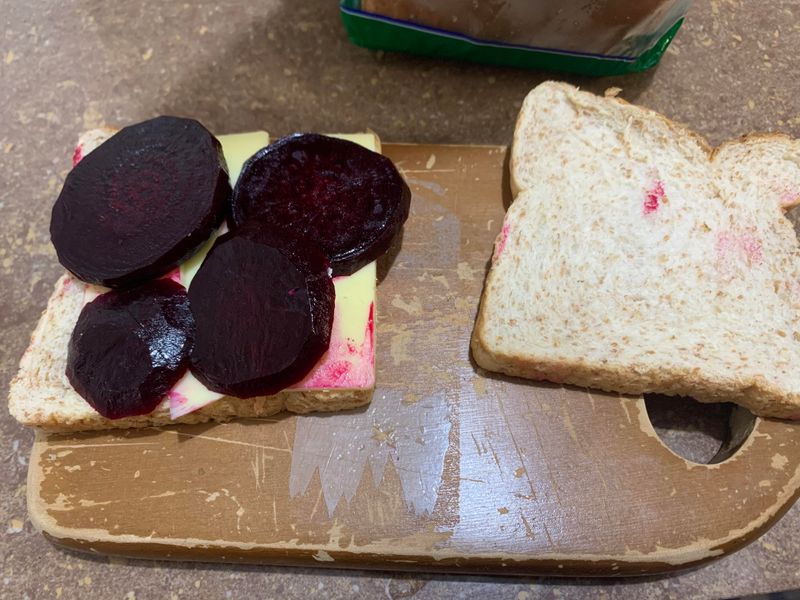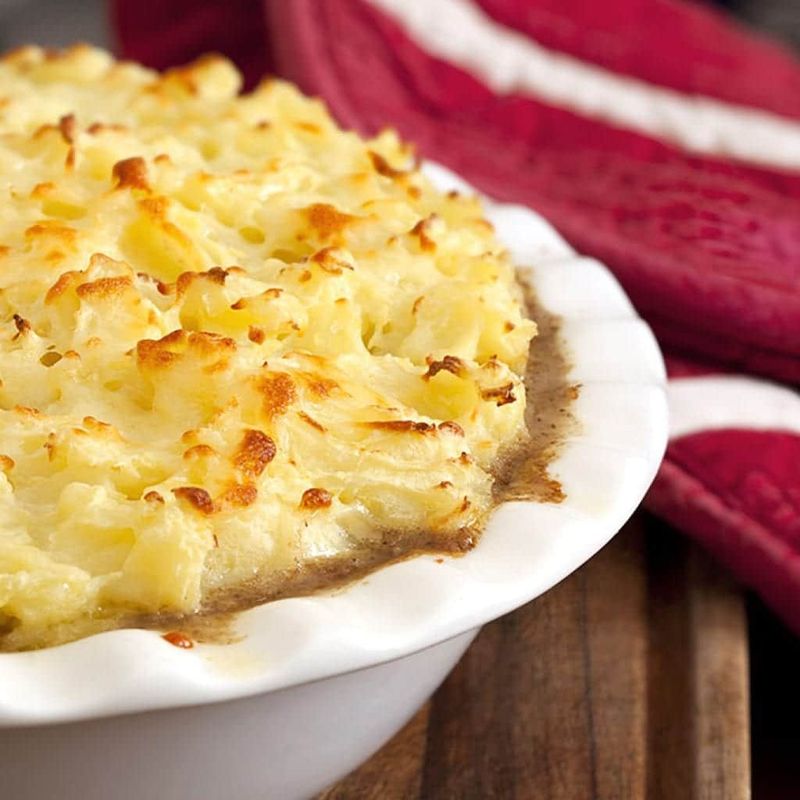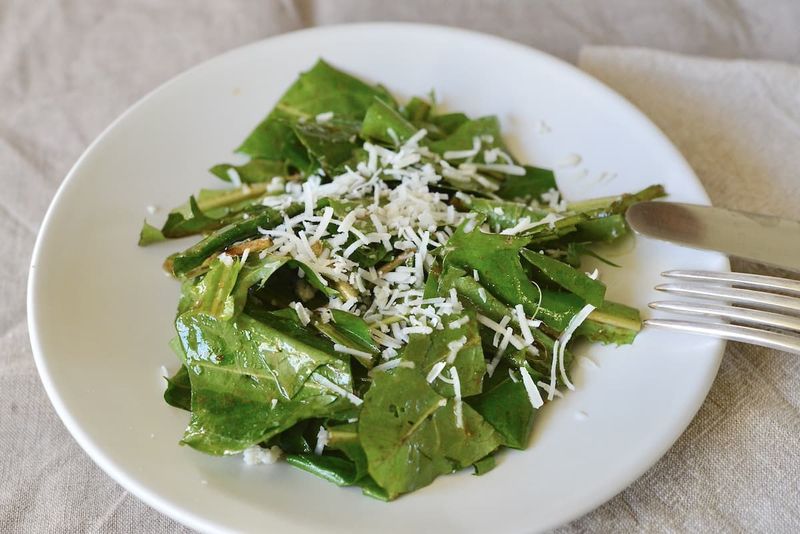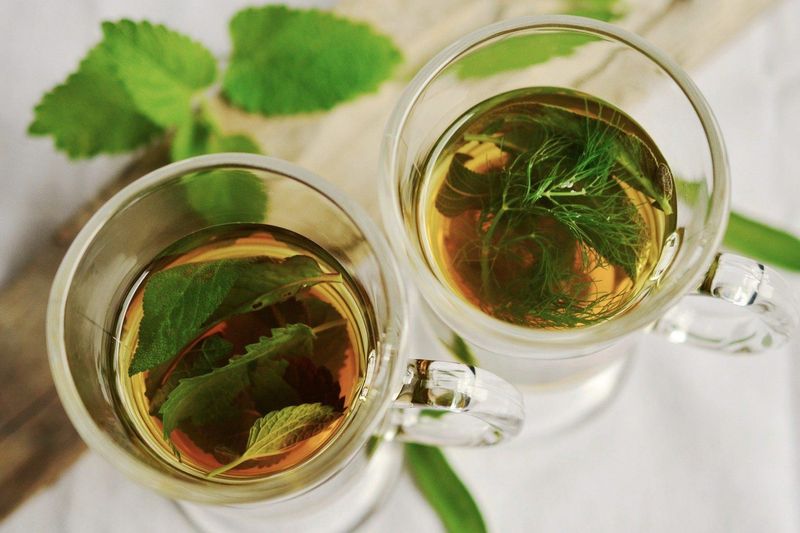During World War II, food shortages and rationing led people to get creative with their culinary choices. Wartime innovation resulted in some odd and surprising food items that became part of everyday diets.
This list explores 15 unusual foods that people turned to during this challenging period, highlighting human resilience and adaptability in times of scarcity. Each item is unique and reflects the ingenuity of those who lived through the era.
1. Mock Apple Pie
Mock apple pie became a household staple during WWII when fresh apples were hard to come by. Utilizing Ritz crackers as the main ingredient, this pie mimicked the texture and flavor of real apple pie.
A mix of sugar, cinnamon, and lemon juice created a convincing apple-like filling. The ingenuity of home cooks shone through as they adapted beloved recipes to fit wartime restrictions.
Although the pie contained no apples, the sweet and savory blend delighted families. This innovation showcased how everyday ingredients could transform into something special, offering comfort in uncertain times.
2. Squirrel Stew
Squirrel stew became a resourceful dish for many families during WWII. With meat rationing in place, people turned to alternative protein sources like squirrels. Hunters and home cooks alike found creative ways to make hearty meals.
The stew often included vegetables like potatoes and carrots, simmered with herbs to enhance the flavor. This dish demonstrated the adaptability of people during tough times, making use of what was available.
Though unconventional, squirrel stew provided nourishment and warmth, reminding families of their resilience and ability to thrive despite challenges.
3. Bread and Dripping
Bread and dripping was a common meal during WWII, reflecting the frugality of the era. Dripping, the fat collected from roasted meats, was spread over bread as a substitute for butter, which was often rationed.
This simple yet satisfying dish provided much-needed energy and calories. Families appreciated the resourcefulness of utilizing every part of their food. Bread and dripping was a testament to making the most of limited resources.
Though basic, it was a cherished meal that embodied the spirit of thriftiness and creativity during the war.
4. Victory Garden Vegetables
Victory gardens were a vital source of food during WWII, as people cultivated their own vegetables. These homegrown gardens provided fresh produce and reduced reliance on rationed goods.
Community efforts turned gardens into productive food sources. Families appreciated the taste of freshly picked vegetables, enjoying everything from carrots to tomatoes.
The success of victory gardens highlighted the strength of collective action and self-sufficiency. Growing food became a symbol of hope and perseverance, offering a sense of control and contribution to the war effort.
5. Spam
Spam, the canned meat product, became a popular food item during WWII. Its long shelf life and versatility made it a household staple. With fresh meat in short supply, Spam offered a convenient protein source.
Families cooked it in various ways, from frying slices to incorporating it into stews. Its adaptability and reliability earned it a place in many wartime kitchens.
Spam was more than just a substitute; it was a culinary icon that represented resilience. Even today, it remains a nostalgic reminder of wartime creativity.
6. Potato Bread
Potato bread became a wartime necessity when wheat shortages affected bread production. Potatoes provided a starchy alternative that was both filling and economical.
Bakers incorporated mashed potatoes into dough, yielding a soft, moist bread. This adaptation ensured that families had access to this staple food. Potato bread exemplified how ingenuity could overcome scarcity.
The bread’s unique texture and flavor made it a beloved part of wartime meals. It demonstrated the ability to innovate and adapt recipes to meet the challenges of the time.
7. Carrot Marmalade
Carrot marmalade emerged as a sweet treat during WWII when sugar and fruit were scarce. Utilizing readily available carrots, home cooks created a spread that substituted for traditional jams.
The marmalade combined grated carrots, sugar, and citrus peels, resulting in a bright, flavorful preserve. This inventive recipe highlighted the creativity and resourcefulness of the era.
Families enjoyed the marmalade on toast or as a topping, savoring its unique taste. Carrot marmalade was more than a substitute; it was a delicious reminder of how innovation could transform ordinary ingredients.
8. Wartime Waldorf Salad
Wartime Waldorf salad adapted the classic recipe to fit the constraints of WWII. With fresh fruit rationed, cooks used available ingredients like apples and celery. Mayonnaise replaced the traditional creamy dressing, adding a rich texture.
This version of Waldorf salad maintained its crisp and refreshing qualities, despite the modifications. It represented the adaptability of home cooks in preserving beloved recipes.
The salad’s enduring appeal showcased how even during scarcity, people found ways to enjoy familiar flavors. Wartime Waldorf salad became a symbol of culinary resilience.
9. Eggless Fruit Cake
Eggless fruit cake became a popular dessert during WWII when eggs were scarce. Cooks relied on dried fruits, nuts, and spices to create a dense, flavorful cake.
The absence of eggs required creative solutions, like using vinegar or applesauce as a binding agent. This cake became a festive treat, enjoyed during holidays and special occasions.
It demonstrated the ability to adapt traditional recipes to fit the limitations of wartime rationing. Eggless fruit cake was more than just a dessert; it was a testament to the ingenuity of home cooks.
10. Hedgehog Meat
Hedgehog meat was an unconventional protein source for some during WWII. In rural areas, people turned to hedgehogs when other meats were unavailable. The meat was cooked over open fires, often seasoned with herbs to enhance its flavor.
Though not widely consumed, hedgehog meat symbolized the lengths to which people would go to survive. This resourcefulness was a testament to human adaptability in the face of scarcity.
The use of hedgehog meat reflected a willingness to explore unconventional food sources, showcasing resilience and survival instincts.
11. Parsnip Coffee
Parsnip coffee offered a caffeine-free alternative during WWII when coffee was rationed. Made by roasting and grinding parsnips, this beverage provided a comforting drink for coffee lovers.
Though it lacked caffeine, the roasted parsnips imparted a rich, earthy flavor. People appreciated the creativity involved in crafting this substitute. Parsnip coffee became a small luxury in a time of deprivation.
It demonstrated the ability to find joy and normalcy through simple pleasures. The beverage was a unique reminder of how innovation could bring comfort and satisfaction.
12. Beetroot Sandwiches
Beetroot sandwiches became a popular wartime lunch option when fresh vegetables were scarce. Sliced beetroots were layered between bread, often accompanied by a spread like butter or cheese.
This simple yet vibrant sandwich offered a nutritious alternative. The earthy flavor of beetroots provided a satisfying meal that was both economical and filling.
Beetroot sandwiches were a testament to the creativity and resilience of home cooks during WWII. They showcased the ability to make the most of available ingredients, turning them into delicious and sustaining meals.
13. Turnip Pie
Turnip pie emerged as a creative solution to meat shortages during WWII. By using turnips as a filling, cooks crafted a savory pie that mimicked traditional meat pies. The dish combined turnips with onions, herbs, and spices, wrapped in pastry.
It became a hearty meal that provided comfort and sustenance. Turnip pie highlighted the ability to adapt and innovate in the kitchen. It demonstrated how available ingredients could be transformed into satisfying dishes.
This pie was a delicious reminder of wartime resourcefulness and culinary ingenuity.
14. Dandelion Salad
Dandelion salad became a popular dish during WWII as people turned to foraging for food. With cultivated greens in short supply, dandelion leaves offered a nutritious alternative.
The salad often included dandelion flowers, adding color and flavor. Dressed with simple vinaigrettes, it provided a refreshing and healthy meal. Dandelion salad represented the ingenuity of finding food in unexpected places.
It highlighted the connection between people and nature, emphasizing self-sufficiency. This dish was a testament to the adaptability and resourcefulness of those who lived through the challenges of war.
15. Herbal Teas
Herbal teas gained popularity during WWII as traditional tea became scarce. People turned to herbs like mint, chamomile, and nettle to brew comforting beverages. These teas offered a soothing alternative, providing warmth and relaxation.
The practice of making herbal teas exemplified the resourcefulness of finding joy in simple pleasures. Families cherished the ritual of tea time, even with unconventional ingredients.
Herbal teas became more than just a drink; they were a symbol of comfort and normalcy in a tumultuous time. This practice highlighted the resilience and adaptability of people during the war.

